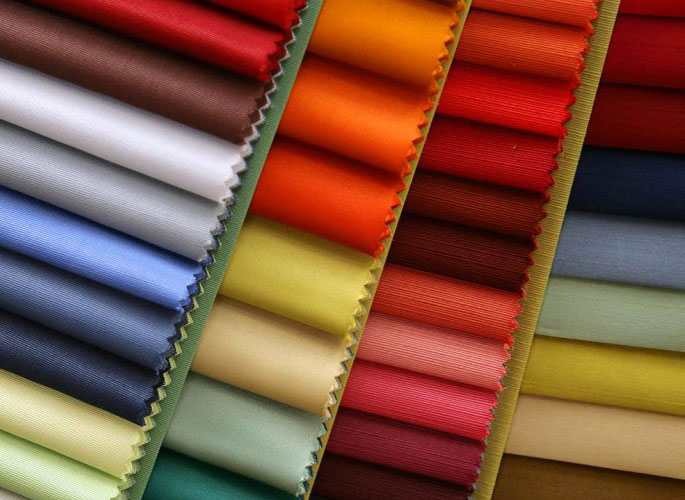Root Causes for Fabric
The apparel industry is widespread and unlike many, it’s not restricted within geographical boundaries. On that account, apparel manufacturers have to keep up with evolving technologies and methodologies as well as changing trends. To accomplish this, manufacturers make use of PLM, which integrates data, systems, business processes, and people within the organization to create a product backbone for companies.
One of the most important factors for an apparel manufacturer is finding quality fabric for the products at reasonable cost. The sourced fabric is then turned into a profitable product as quickly and effectively as possible. This process requires a good coordination of Bills of Materials (BOM) information. Complexity of products, increasing market demands, and shorter lead times add to the difficulty of maintaining BOM’s accuracy. Managing BOM is an integral part of any product’s designing and manufacturing process.
When the manufacturers are sourcing fabric, they tend to get their hands on more or less fabric. And in both cases, they are at loss. This happens mostly because of lack of an efficient process. Fabrics make up the most part (around 70%) of the product’s entire expense. Therefore, keeping tabs on the prices, quantities, and detailed data regarding their properties, colors, composition, patterns, etc. is imperative.
Most apparel manufacturers understand that dealing with directly sourced fabrics requires the creation of a detailed and accurate BOM. A well-conceived BOM gives apparel manufacturers an entire host of information including suppliers, materials, procurement, and related information. Which at many times is lacking. After getting a final approval for production, the sourced fabrics are documented in the PLM system. Some systems even don’t allow visual access to unapproved materials unless they are either approved or entirely rejected.
This process is considered to be a waste of time and effort by the manufacturers simply because they just want to focus on the product development rather than documentation. It’s only natural to think so when a large amount of fabric is just sitting around the design room. But the products eventually get developed resulting in reduced workload. At that point, precise fabric documentation saves a great deal more time and keeps the further process hassle free.
Rather than spending a day looking through the piles of samples for a piece of fabric that the designer requires, creating records in the beginning is far more effective in finding the fabric without losing time. Manufacturers should plan ahead and integrate BOM into the PLM implementation so as to document and catalogue them to keep the process running smoothly.
The Process of Cutting is another key area wherein manufacturers and retailers can save a lot . There are systems help identify the right marker combinations by using complex algos rather rely on just manual marker creations. Identify right rolls to improve end bit utilization. Not doing any of these results in atleast 2 to 10% of extra fabric procurement.
All this can be optimized by right use and combination of PLM tools with material optimizers to gain maximum benefit not just on top line but a lot on your bottom line. Does this sound interesting ..I guess so…

